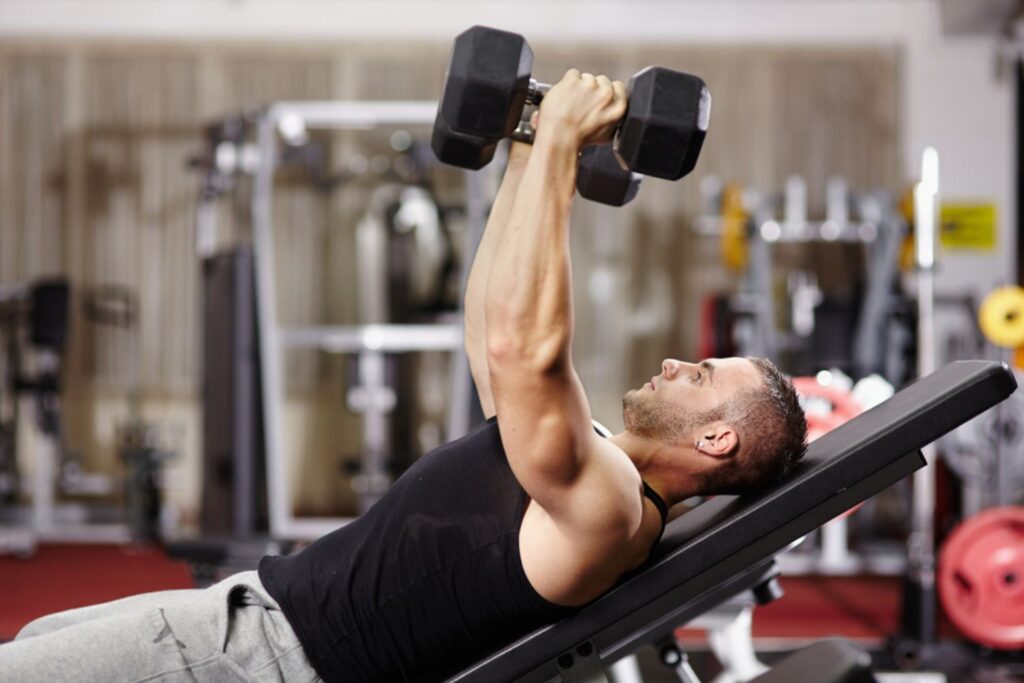“THIS HAS TO be the hardest thing I’ve ever put myself through,” I muttered under my breath as a bead of sweat trickled down from my forehead into my mouth. No, I wasn’t in the midst of an ayahuasca retreat, I wasn’t bench-pressing 200 kg, or indulging in spicy chillies for fun. I was in a yoga class, delicately balancing on one leg in a pose affectionately known as ‘tree pose’. Among the other ‘trees’ in that first class were five senior citizens and I’d have to say their ‘trunks’ were a lot sturdier than mine.
It was 2008, and I had been persuaded to try yoga by a friend who promised me not only a night of the best sleep I’d ever have but also the presence of beautiful girls. The latter turned out to be true, but the former didn’t occur, at least after that first class.
I turned to yoga after battling crippling anxiety and insomnia, resorting to medication for relief. Nine months before that class, neither my anxiety nor insomnia seemed to be responding to medication and I began feeling lost, in search of meaning in my life. With nothing to lose, I donned my training shorts and football jersey and headed to that class.
Traditionally, yoga is a mind-body practice originating in ancient India. It’s believed to help individuals attain a higher level of awareness and spiritual insight. Today, it still serves as a spiritual portal in many parts of the world, especially in India. However, it has also grown into an $11.5 billion global industry, primarily within the fitness sector.

Manoj has come a long way on the mat.
The image of those five seniors in my first class never faded, along with the notion that this could be a lifelong practice. “One of the remarkable aspects of yoga postures is that you can practise them for a very long time,” says 56-year-old Eddie Stern, a student and teacher of yoga for over 38 years. “I initially embraced yoga in 1986 because I was on a spiritual quest—I sought the meaning and purpose of my life,” shares Stern, whose roster of students includes Madonna, Gwyneth Paltrow and Chris Martin. “Yoga places us back in control of our nervous system, promotes homeostasis, and enhances our capacity to remain in parasympathetic states of healing, repair, and receptivity, rather than dwelling in chronic hyper-arousal.”
Chronic hyper-arousal, among other stressors, has led to record levels of anxiety, depression, and suicide, especially among men. Practices like yoga and meditation, once primarily associated with flexible, aesthetically pleasing women and rubber-limbed individuals from the East, are now gaining prominence among men, particularly those attracted by its physicality. “When I was younger, I possessed considerable flexibility, and many physical postures came naturally,” Stern adds. “Now, I practise for longevity and stability.”
The idea of practising for longevity may not be as alluring as knocking out poses to look sexy, strong and buff, but the signs of ageing begin to affect us mentally, physically, and emotionally.
“Currently, I have a 74-year-old college professor who attends class nearly every day and performs nearly all the poses,” Stern reveals. “He began his yoga journey late in life, and he’s fully committed to giving his best in each practice. He’s eager to learn new things and make fresh physical progress.”
A 2019 research study suggests that regular yoga practice may be linked to changes in specific brain areas, including the frontal cortex (involved in decision-making and problem-solving) and the hippocampus (crucial for memory). The impact of yoga on these brain structures may hold potential for enhanced cognitive function and improved memory.
As my body continues to morph and change from my 20s, 30s and into my 40s, mobility and conditioning are becoming as important to my life as strength training and meditation. With an abundance of research highlighting the benefits of yoga, perhaps this year is the perfect time to give it a try. Slip into your favourite pair of shorts—or maybe you prefer leggings—unroll a mat (available at your local grocery store these days), and dive in. Find a teacher, studio, and community that resonates with you. If that’s not feasible, numerous apps and YouTube videos can help you get started.
View this post on Instagram
5 longevity-enhancing postures
Eddie Stern’s go-to moves to help you stay focused, stable and balanced:
- Stern demonstrates Empty lake – part 1
- Empty lake – part 2
1 Invigorating: Empty Lake Posture. This is particularly effective for alleviating back pain.

2 Balance: Tree Pose, a beloved yoga classic. There’s a unique satisfaction in mastering balance on one leg.

3 Strength: Parsvakonasana. This posture targets the quadriceps, crucial muscles for longevity.

4 Brain Integration: Rotated Triangle. Postures that involve crossing the midline promote communication between the brain’s right and left hemispheres.

5 Focus: Extended Hands to Toes Pose. This posture demands focus for balance, strengthens the ankles, and enhances proprioception to prevent falls.
Related:
Yoga for musclemen: why you need to try sandbag yoga
Osher Günsberg on the highs and lows of ageing


















